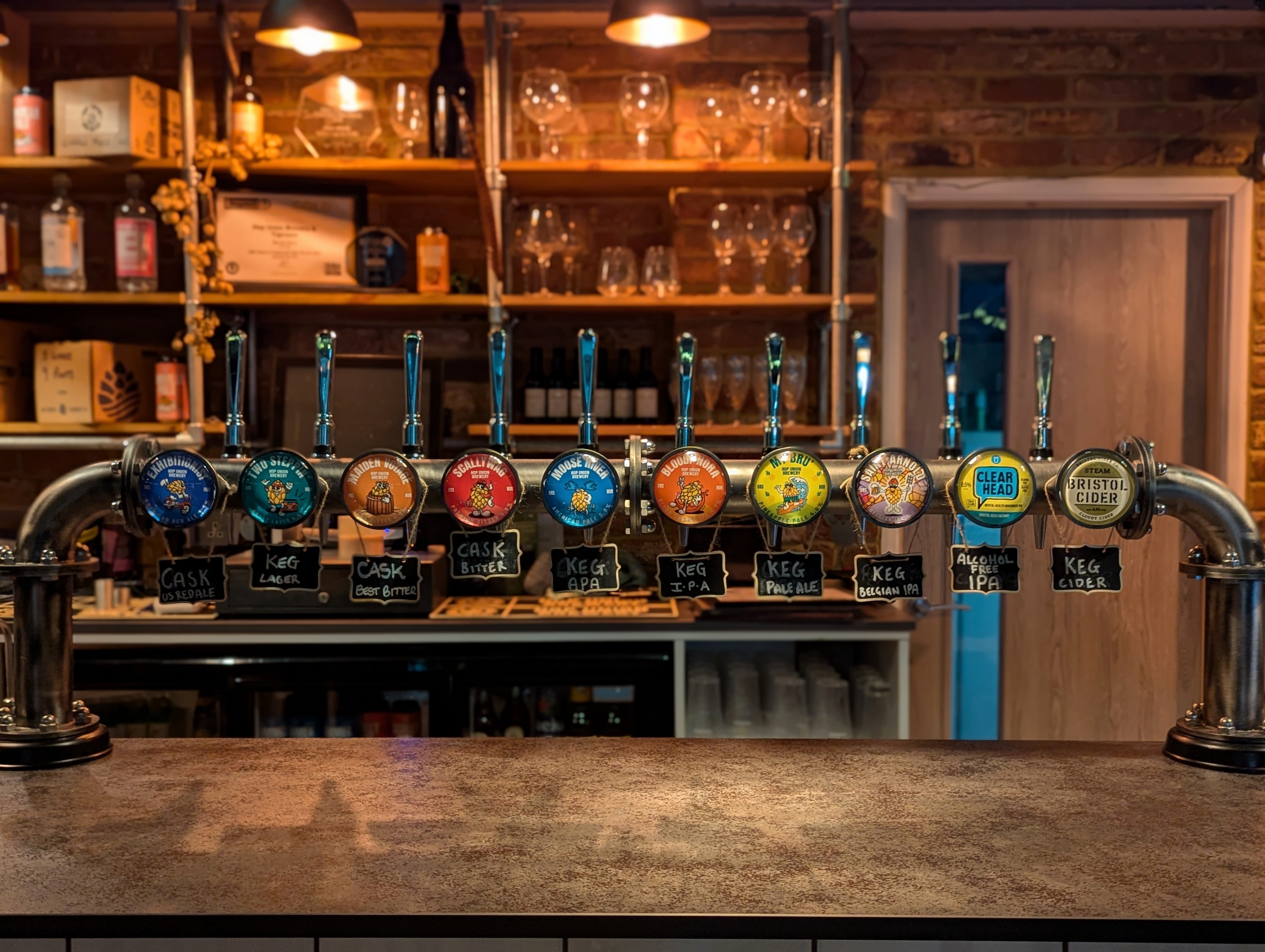So you see those little letters on your beer, ABV, ever wonder what they mean? ABV stands for Alcohol by Volume, and is a simple measure of how much of a beer is pure alcohol, by percentage. So a 500 ml pint at 5% ABV has 25 ml of alcohol.
ABV is a universal standard and is your quick and easy snapshot of a beer’s strength. It’s no longer confused with proof (in the US) or obscured by outdated metrics like standard drinks (in the UK). Just simple language to let you know what you’re drinking.
But beyond the number, ABV can also influence flavour, aroma, mouthfeel, and occasion. Whether you’re reaching for a light and easygoing session beer, or seeking out a big, bold, boozy brew, ABV is your guide to making the best choice.
ABV in the Beer Experience
Strength and Sensation
ABV doesn’t just affect the label, it can change how a beer actually tastes and feels. Higher alcohol can contribute to a “warming” or “hot” sensation in the mouth, increased body, and even affect aroma and viscosity. For example, in barrel-aged stouts with massive ABVs, all that extra alcohol plays a big role in texture and complexity.
Style and Substance
Beer styles can usually be categorised into broad ABV ranges. Light lagers range around 3–5%, “regular” beers are 4–6%, IPAs and stouts around 5–8%, strong craft styles like barleywine from 8–12% and higher. And of course, some specialty brews and experimental styles will reach 15% or more, although those are often designed to be shared and sipped, not drank fast.
Behind the Brewing Magic
ABV in beer is a result of the ingredients used and the brewing process itself:
- Malt content is the biggest determinant of fermentable sugars and potential ABV.
- Fermentation time and yeast strain can affect how efficiently sugars are converted to alcohol.
- Boiling and mash techniques can concentrate or dilute those fermentable sugars.
Brewers are both scientists and artists, tinkering with ABV to achieve both the style and drinker expectations.
The Smart Drinker: Benefits of ABV Awareness
Knowledge is power. Or in the case of enjoying beer responsibly, knowledge is the key to making smarter decisions about what you drink.
Choose Wisely
ABV awareness is about making informed choices. Looking for a light, session beer to last all evening? Go lower ABV. Wanting big, bold flavours and a fuller mouthfeel? Reach for something stronger. ABV‑aware drinkers choose beers that match their mood, occasion, and setting.
Drink Responsibly
Higher ABV beers can catch you by surprise, both in flavour impact and intoxication. Knowing the ABV helps you pace yourself, hydrate, and avoid overdoing it. In the UK, it’s also linked to your units of alcohol. A half‑litre of 5% beer contains around 2.5 UK units. Tracking ABV and units helps you stay within recommended guidelines.
Style, Trends and Variety
ABV isn’t just about personal choice, it’s a reflection of brewing trends and consumer preferences. Craft beer drinkers tend to polarise to the extremes: either alcohol‑free options, or ultra‑strong beers. Mid‑range ABVs between 4–6% are actually losing market share, while low‑ABV “small beer” is booming in the UK due to health concerns and tax benefits. At the same time, craft brewers are pushing the upper ABV envelope with double‑digit beers, often barrel-aged and designed for ageing and sipping.
Planning and Pairing
ABV also comes into play when you’re planning how to enjoy your beer. Lower ABV brews are ideal for long sessions and casual drinking, while higher ABV styles can be better suited to matching with hearty main courses, dessert, or extended sipping sessions.
The Rise of ABV in Craft Beer Culture
ABV has changed in the craft beer world over the past 20 years, becoming not only a way to measure strength, but a point of innovation, exploration, and even branding.
In the early years of the craft beer revolution, brewers sought to differentiate themselves by pushing ABV to the next level. Breaking away from the 4% lager norm on supermarket shelves, double IPAs, imperial stouts, and Belgian tripels with ABVs of 8% or more became common in craft beer culture.
But things are changing again. Consumers today are more health conscious, and moderation is in. As a result, brewers are innovating by creating sophisticated, full‑flavoured beers with much lower alcohol. Some even drop to under 2.5% ABV. These beers still offer complex hop characters, interesting malt profiles, and great balance, without the higher alcohol “hit”.
On the other end of the scale, there’s still plenty of demand for those strong, bold brews. Many breweries now specialise in barrel‑aged beers and “big” beers, releasing limited edition bottles at double‑digit ABVs, designed for ageing, sharing, and savouring.
The craft beer world has come full‑circle, showing how flexible beer can be, and how ABV is a vital part of that conversation. ABV isn’t just about how strong a beer is, but how that strength fits with brewing style, drinker’s goals, and the overall experience.
ABV in Hop Union’s Beers: Your Guide to Savvy Sipping
At Hop Union, we’re all about intentionality, whether it’s in brewing or enjoying beer. That’s why we believe every sip should be an intentional experience, one informed by flavour, context and, of course, enjoyment.
Read the Label: Make ABV part of your beer‑drinking routine. Know the ABV, plan accordingly and drink responsibly, whether that means pairing with a meal, or pacing your pint.
Match Style to Moment: When in doubt, match the beer style and ABV to the moment. Crisp, lower‑ABV options are great for summer sessions, while richer, stronger styles work for cosy nights in.
Sip Responsibly: Keep an eye on your hydration and unit intake.
Explore Variety: ABV is just one way to explore beer’s breadth and variety. Dive into our range from crisp, lower‑ABV lagers to rich, boozy ales, there’s a beer for every moment.
When you crack open a Hop Union brew next time, give the ABV a glance. It might just change the way you enjoy your beer, from the way you savour it, to what you pair it with. Here’s to smarter sipping, better brewing, and beers that match your moment, whatever that may be.
Explore our range of beers to find the right ABV for you.





